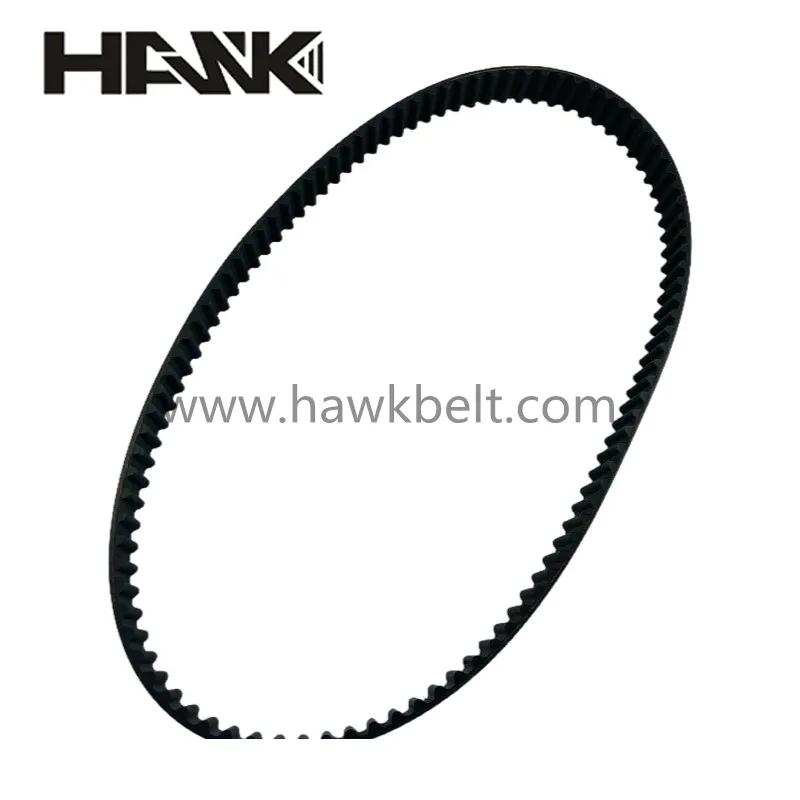- Arabic
- French
- Russian
- Spanish
- Portuguese
- Turkish
- Armenian
- English
- Albanian
- Amharic
- Azerbaijani
- Basque
- Belarusian
- Bengali
- Bosnian
- Bulgarian
- Catalan
- Cebuano
- Corsican
- Croatian
- Czech
- Danish
- Dutch
- Afrikaans
- Esperanto
- Estonian
- Finnish
- Frisian
- Galician
- Georgian
- German
- Greek
- Gujarati
- Haitian Creole
- hausa
- hawaiian
- Hebrew
- Hindi
- Miao
- Hungarian
- Icelandic
- igbo
- Indonesian
- irish
- Italian
- Japanese
- Javanese
- Kannada
- kazakh
- Khmer
- Rwandese
- Korean
- Kurdish
- Kyrgyz
- Lao
- Latin
- Latvian
- Lithuanian
- Luxembourgish
- Macedonian
- Malgashi
- Malay
- Malayalam
- Maltese
- Maori
- Marathi
- Mongolian
- Myanmar
- Nepali
- Norwegian
- Norwegian
- Occitan
- Pashto
- Persian
- Polish
- Punjabi
- Romanian
- Samoan
- Scottish Gaelic
- Serbian
- Sesotho
- Shona
- Sindhi
- Sinhala
- Slovak
- Slovenian
- Somali
- Sundanese
- Swahili
- Swedish
- Tagalog
- Tajik
- Tamil
- Tatar
- Telugu
- Thai
- Turkmen
- Ukrainian
- Urdu
- Uighur
- Uzbek
- Vietnamese
- Welsh
- Bantu
- Yiddish
- Yoruba
- Zulu
ডিসে. . 24, 2024 03:35 Back to list
Understanding the Functionality and Applications of O-Ring Drive Belts in Mechanical Systems
The Importance of O-Ring Drive Belts in Modern Machinery
In the realm of mechanical engineering and industrial applications, O-ring drive belts play a pivotal role in the efficient functioning of various machinery. These belts, characterized by their unique construction and material properties, are integral to the transfer of power between different components of machines, ensuring smooth operation and enhanced durability.
Understanding O-Ring Drive Belts
O-ring drive belts are mechanical components designed to transmit rotary motion and power from one part of a machine to another. Their construction typically involves a continuous loop of rubber or synthetic material that is shaped into an O-ring form. This design not only allows for flexibility but also offers a high degree of elasticity, making these belts suitable for a variety of applications.
One of the distinguishing features of O-ring drive belts is their ability to maintain a consistent level of tension. This is vital in applications where precise timing and synchronization are critical. Unlike traditional V-belts or flat belts, O-ring belts can perform effectively without requiring specific alignment, thus reducing the risk of wear and tear over time.
Applications of O-Ring Drive Belts
O-ring drive belts find extensive applications across various industries. In automotive engineering, for example, they are commonly used in engines to connect pulleys and other components, enabling the smooth transfer of power necessary for optimal performance. In agricultural machinery, O-ring belts are crucial for operating harvesting equipment and transport systems, highlighting their versatility.
Moreover, in the manufacturing sector, O-ring drive belts are pivotal in conveyor systems, where they facilitate the movement of materials and products through different stages of production. This application underscores the importance of efficiency and reliability in modern manufacturing processes, where downtime can lead to significant financial losses.
o ring drive belts

Advantages of O-Ring Drive Belts
One of the primary advantages of O-ring drive belts is their resistance to wear and environmental factors. Made from durable materials, these belts are designed to withstand harsh conditions, including extreme temperatures and exposure to chemicals. This resilience not only extends the lifespan of the belts but also minimizes maintenance costs, making them a cost-effective solution in the long run.
Additionally, O-ring drive belts operate with lower noise levels compared to other types of belts. This characteristic is particularly beneficial in settings where noise reduction is essential for maintaining workplace safety and comfort. Furthermore, their design allows for a smoother power transfer, leading to enhanced performance and energy efficiency.
Challenges and Considerations
Despite their many advantages, there are challenges associated with O-ring drive belts. One critical factor is the need for precise installation and adjustment to ensure optimal performance. Any misalignment could lead to premature wear or even failure of the belt. Therefore, it is essential for operators and technicians to be well-trained in the proper handling and installation of these components.
Moreover, while O-ring drive belts are highly durable, they are not suitable for all machinery. Assessing the specific requirements of a machine, including torque, speed, and load, is crucial in selecting the right type of belt.
Conclusion
In summary, O-ring drive belts are an essential component of modern machinery, offering a blend of flexibility, durability, and efficiency. Their applications in various industries underscore their versatility and importance in ensuring the smooth operation of machines. As technology continues to evolve, the development of advanced materials and designs will likely enhance the performance of these belts further, paving the way for even more innovative solutions in mechanical engineering. Understanding and utilizing O-ring drive belts effectively can lead to improved productivity and reduced operational costs, making them a valuable asset in any industrial setting.
-
Korean Auto Parts Timing Belt 24312-37500 For Hyundai/Kia
NewsMar.07,2025
-
7PK2300 90916-T2024 RIBBED BELT POLY V BELT PK BELT
NewsMar.07,2025
-
Chinese Auto Belt Factory 310-2M-22 For BMW/Mercedes-Benz
NewsMar.07,2025
-
Chinese Auto Belt Factory 310-2M-22 For BMW/Mercedes-Benz
NewsMar.07,2025
-
90916-02660 PK Belt 6PK1680 For Toyota
NewsMar.07,2025
-
drive belt serpentine belt
NewsMar.07,2025

